Category: Herbal Allies
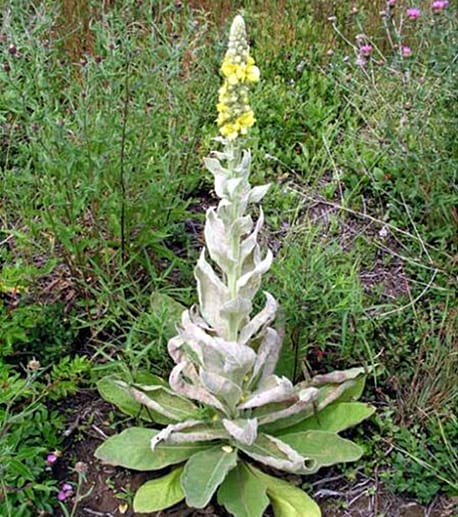
Mullein (Verbascum thapsus)
It is another cold winter day with a heavy blanket of snow on the ground. The temperatures have dropped into the negative numbers and all is quiet and still. Even the tracks of deer, foxes, and squirrels have disappeared in the snow, but the strong stems of mullein, milkweed, goldenrod, wild carrot, and echinacea stand…
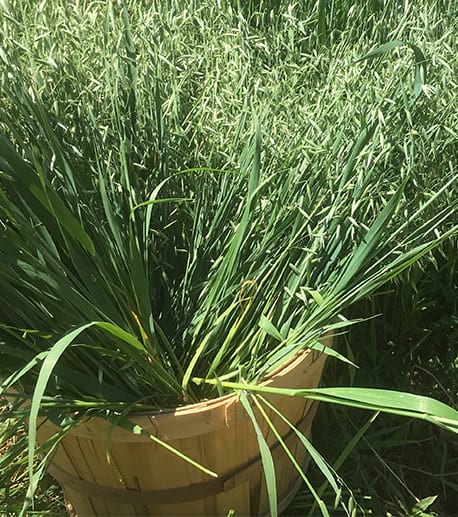
Oatstraw (Avena sativa)
It is a cold and snowy day in January, the kind of day that beckons deep nourishment; herbal infusions, savory soups, and fresh whole grain bread with organic cultured butter or freshly pressed garlic with olive oil. Thankfully, one of the first chores of the day is to strain the herbal infusion that has been…
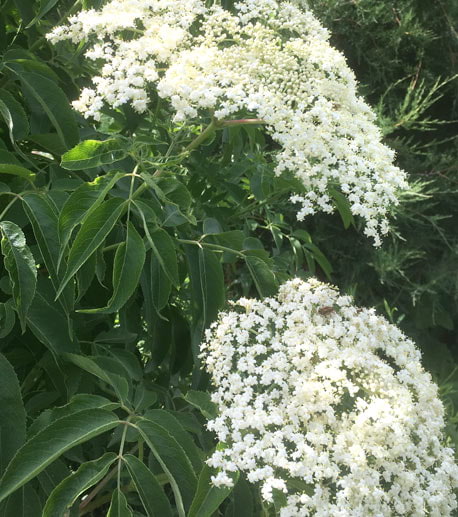
Elder (Sumbucus nigra spp. canadensis)
It is a cold wintery day and although the snowy landscape is beautiful and it is a lovely time of year, there are numerous stories of friends and family members succumbing to various strains of the flu. Sometimes the good habit of washing our hands constantly and nourishing ourselves well, is not enough to prevent…
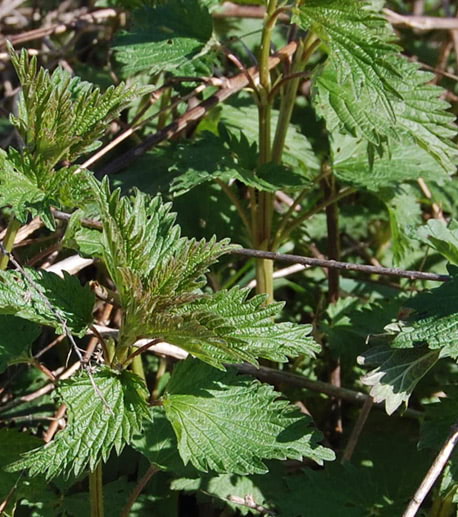
Stinging Nettle (Urtica dioica)
The emergence of nettles scattered in patches among last year’s Golden Rod and towering Walnut trees and surrounding young Elder shrubs, is one of my favorite discoveries in late March as I walk the paths, searching for signs of spring, around our home. After a long winter, the hearty greens, poking out of the ground,…
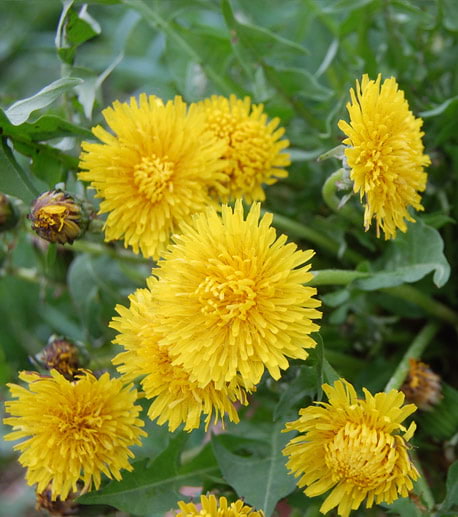
Dandelion (Taraxicum officinale)
It has been rainy for almost a week, as is often the case in April. At last, the sun peeked through the clouds this morning, briefly, and my daughter and I happily witnessed the bright yellow dandelions that began to appear in the lawns around town, on our way to school. Dandelions are an underappreciated…
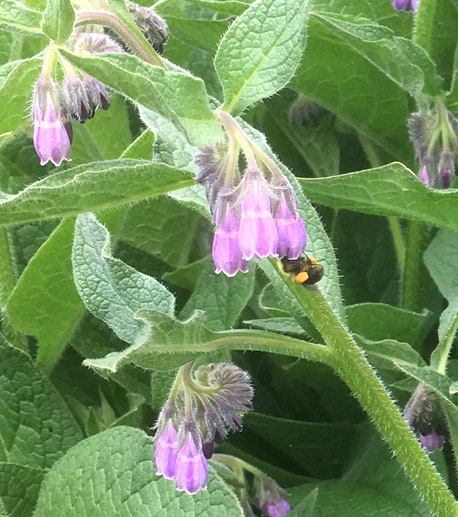
Comfrey (Symphytum officinale, Symphytum uplandica x, Symphytum peregrinum)
It is early May and the Comfrey plants are in their full glory. They astound me each year in how fully present they become in the garden and surrounding tree guilds, towering over the clover, dandelion, and various docks; almost as if they embody the role of the garden guardians. Some of them look like…
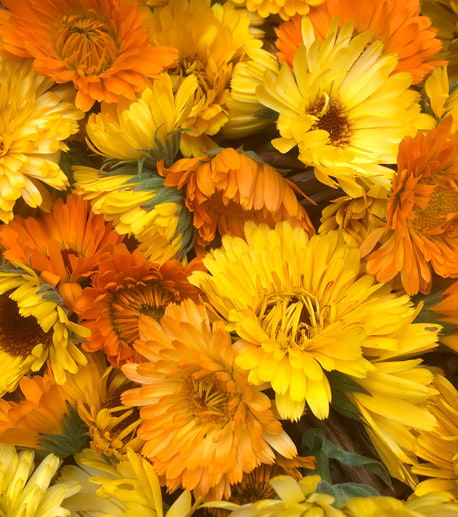
Calendula (Calendula officinalis)
As the long sunny days of summer are upon us, the bright orange and yellow flowers of Calendula begin to adorn our garden. They bloom along with St. John’s Wort, Yarrow, and Borage which are set amidst a bed of green milky oats ready for harvest. Mid to late June is a beautiful time of…
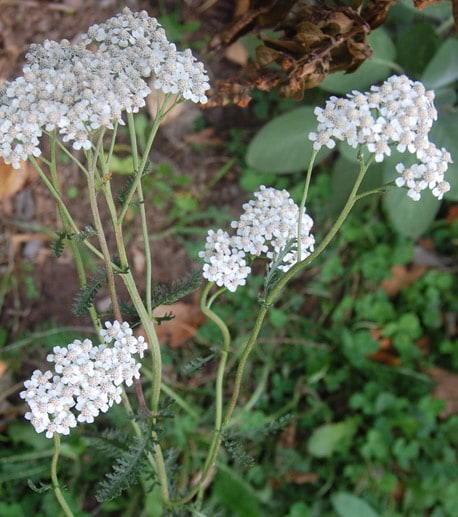
Yarrow (Achillea millefolium)
It is early June, and I have been keeping an eye on the changes in the distinctive highly segmented leaves of Yarrow, which resemble a squirrel’s tail in its early stages (the species name is millefolium, which translates to thousand leaves in Latin). Yarrow is making its appearance in the field, the yard and the…
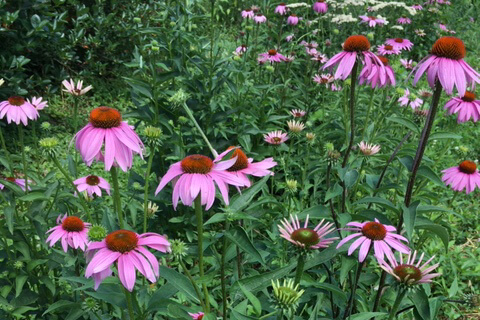
Purple Coneflower (Echinacea purpurea, pallida, angustifolia)
As winter is fully upon us now and the snow capped cones of the tall, hardy, stems of Purple Coneflower are apparent in the landscape, the birds remind me to consider this plant as part of my winter wellness plan. Juncos and finches continue to be attracted to these plants now; and when the showy…
